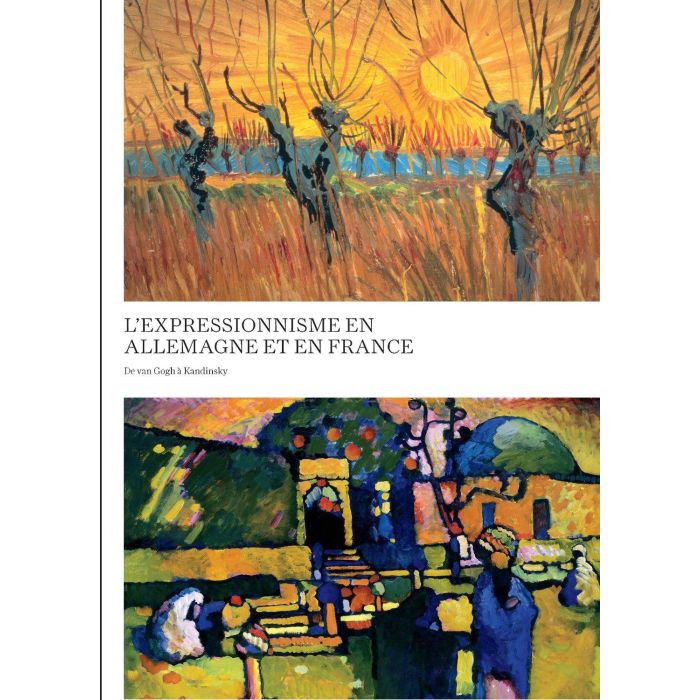My Cart
Your cart is empty
Looks like you haven't made your choice yet.
- Subtotal
Expressionnisme en Allemagne et en Françe

De Van Gogh à Kandinsky
- Prestel
More Information
| Publisher | Prestel |
|---|---|
| ISBN | 9783791353418 |
| Publication date | June 2014 |
| Edition | Hardback |
| Dimensions | 310 x 220 mm |
| Illustrations | 200 col.ill. |
| Pages | 256 |
| Language(s) | French ed. |
| extra information | Also available: Eng. ed, isbn 9783791353401 |
Description
This groundbreaking examination of the cultural exchange between early 20th century French and German artists illuminates new ways of understanding the development of Expressionism. Although the Expressionist movement is widely considered to have arisen out of a German aesthetic, it was actually as much a result of German artists exposure to artists living and working in France, such as van Gogh, Seurat, Gauguin, Cezanne, Matisse, Picasso, and Braque. In fact, in its early days, Expressionism was assigned no specific nationality at all. This fascinating book focuses on the key exhibitions, galleries, and museum directors that helped disseminate styles and techniques of revolutionary French artists throughout Germany. Included here are French masterpieces seen not only by German artists in Paris but at important galleries in Berlin, Dresden, and Munich; at the Berlin Secession; at the 1912 Sunderbund in Cologne, which presented more then 100 works by van Gogh and Gauguin; and in prominent Germans private collections. Essays by leading scholars on this period consider the individual and creatively diverse responses of German artists to the Neo-Impressionist, Post-Impressionist, Fauvist, and Cubist works that were seen in these venues and were enthusiastically collected and exhibited by museum directors such as Ernst Osthaus and Harry Kessler, while exploring the fascinating process of artistic influence in general. More than 100 paintings and works on paper are grouped in ways that encourage an understanding of artistic interchange by historical circumstance and by relationships between artists of both nationalities. This volume also reflects new scholarship on issues of French-German relations and seeks to contribute to the understanding of the ways the visual arts are influenced by ideas of national identity and cultural heritage.
Cet ouvrage propose une relecture révolutionnaire des liens et des échanges culturels qui, au début du vingtième siècle, se sont noués entre les artistes français et allemands. Il éclaire d'un jour nouveau notre compréhension du développement de l'expressionnisme. On considère généralement que ce mouvement artistique trouve son origine dans l'Esthétique allemande, bien qu'en réalité il fut aussi tributaire de la découverte, par les artistes allemands, des travaux d'artistes actifs en France et qui ont nom van Gogh, Seurat, Gauguin, Cézanne, Matisse, Picasso et Braque.
